Fever finding; neuronal cookbookery; CRISPR’d unicorns; mining 23andMe
The evidence linking autism and maternal infections grows, special neuron recipes are in development, a CRISPR pioneer envisions unicorns, and 23andMe delivers empathy data.
The evidence linking autism and maternal infections grows, special neuron recipes are in development, a CRISPR pioneer envisions unicorns, and 23andMe delivers empathy data.
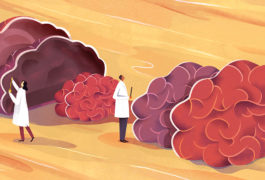
A minority of boys with autism have brains that are unusually large relative to their bodies — a trait tied to regression and intellectual disability.
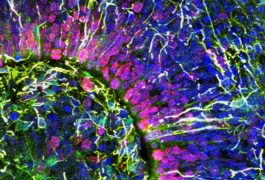
‘Mini-brains’ created in a dish may reveal autism’s roots and point to treatments, but they do not yet mirror some critical features of a human brain.
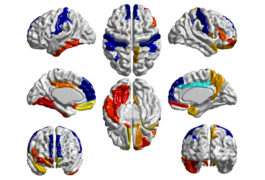
The faster the brains of children with autism grow in their first year of life, the more severe their autism features are likely to be at age 2.
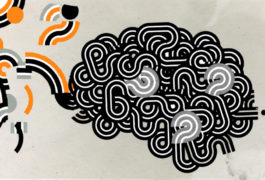
Instead of simply listing sex differences in the brain, researchers should consider how sex interacts with other factors to affect the brain, Joel says.

Spectrum’s team reported about 50 stories at the Society for Neuroscience annual meeting in San Diego. One big theme this year: how autism relates to bigger questions in neuroscience.
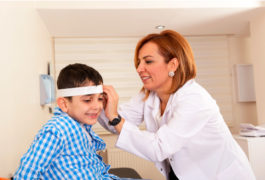
The brain enlargement commonly seen in toddlers with autism may persist into adolescence and adulthood.

Spectrum’s team reported about 50 stories at the Society for Neuroscience annual meeting in San Diego. One big theme this year: how autism relates to bigger questions in neuroscience.
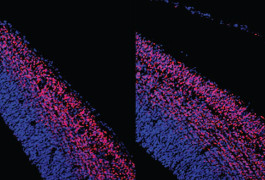
Cells derived from the skin of boys and men with autism share a host of unusual characteristics.
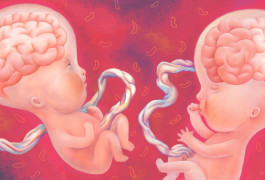
The brain enlargement seen in many children with autism may reveal hints about the condition’s causes.